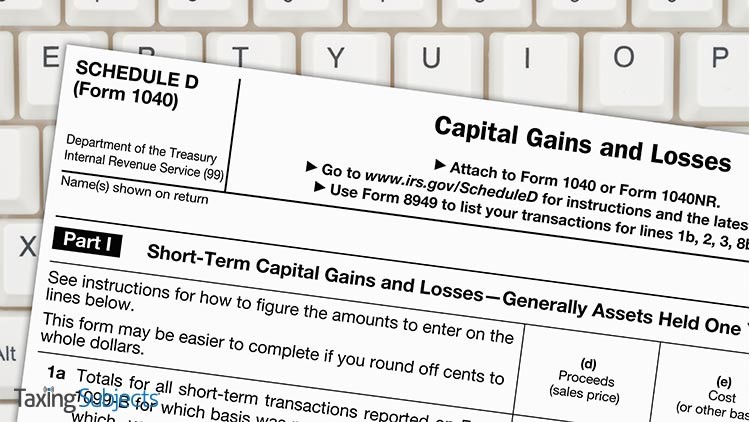IRS Fixes Error in Schedule D Worksheet

The Internal Revenue Service says it has corrected a calculation error in its 2018 Schedule D Tax Worksheet.
The worksheet should have taxed capital gains at a lesser rate, as mandated by the new tax reform package, the Tax Cuts and Jobs Act, passed in 2017. Instead, the Schedule D Worksheet was taxing those capital gains at the maximum rates of 25 or 28 percent.
“The tax calculation did not work correctly with the new TCJA regular tax rates and brackets for certain Schedule D filers who had 28% rate gain (taxed at a maximum rate of 28%) reported on line 18 of Schedule D or unrecaptured section 1250 gain (taxed at a maximum rate of 25%) reported on line 19 of Schedule D,” the IRS says in a news release.
The IRS recommends that tax professionals download the Instructions for Schedule D (Form 1040) to access a corrected form. If the instructions were downloaded prior to May 16, repeat the process to get the corrected form.
The correction, the IRS notes, has already been passed on to its software partners. “Anyone filing a 2018 return, including those with extensions, after May 15, 2019, are not affected by the error. Those taxpayers reporting these types of transactions typically file more complex returns and frequently obtain tax-filing extensions from the IRS. For that reason, the IRS believes that many potentially-affected taxpayers are yet to file.”
Affected taxpayers do not need to contact the IRS; the agency is reviewing returns that were submitted before May 16.
The Corrections
The IRS says it fixed the Instructions for Schedule D (Form 1040) by renumbering Line 18 as Line 18a, adding the new lines 18b and 18c. Text on Line 19 also reflects the changes.
A Form 1040 taxpayer’s regular tax calculation using the worksheet may be impacted if:
- Form 1040, Schedule D, lines 15 and 16 are both more than zero;
- Schedule D, line 18 or line 19 is more than zero (or both are more than zero);
- The taxpayer’s taxable income is more than $38,600 if single or married filing separately, $51,700 if head of household, or $77,200 if married filing jointly or a qualifying widow(er);
- Line 15 of the Schedule D Tax Worksheet is not more than line 14 of the Schedule D Tax Worksheet (those lines were not impacted); and
- Line 18 of the original Schedule D Tax Worksheet (line 18 a of the corrected Schedule D Tax Worksheet) is not more than $157,500 ($315,000 if married filing jointly or a qualifying widow(er)).
Potentially impacted taxpayers can recalculate their regular tax using the new worksheet to see if it changes. However, the IRS is reviewing all potentially impacted filed returns and says more information will be provided later.
Ben Tallman, EA, a former IRS auditor and current owner of Tallman’s Tax Service in Atlanta, GA, said, “I like the fact that the [IRS] is acknowledging responsibility for the error and is waiving all returns before May 15th. As far as those filing after the 15th, the number affected by the 28% bracket could be easily isolated and amended.”



